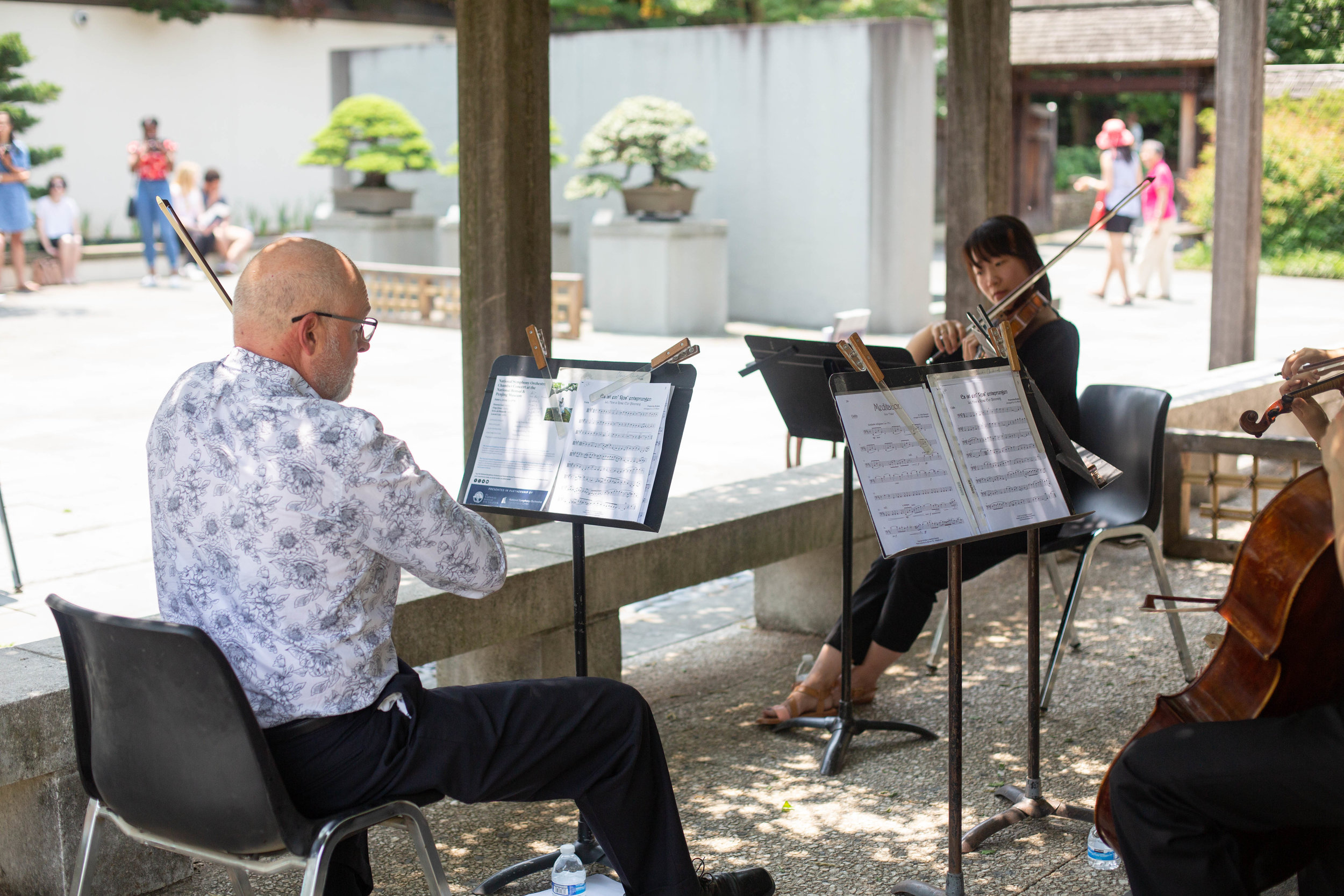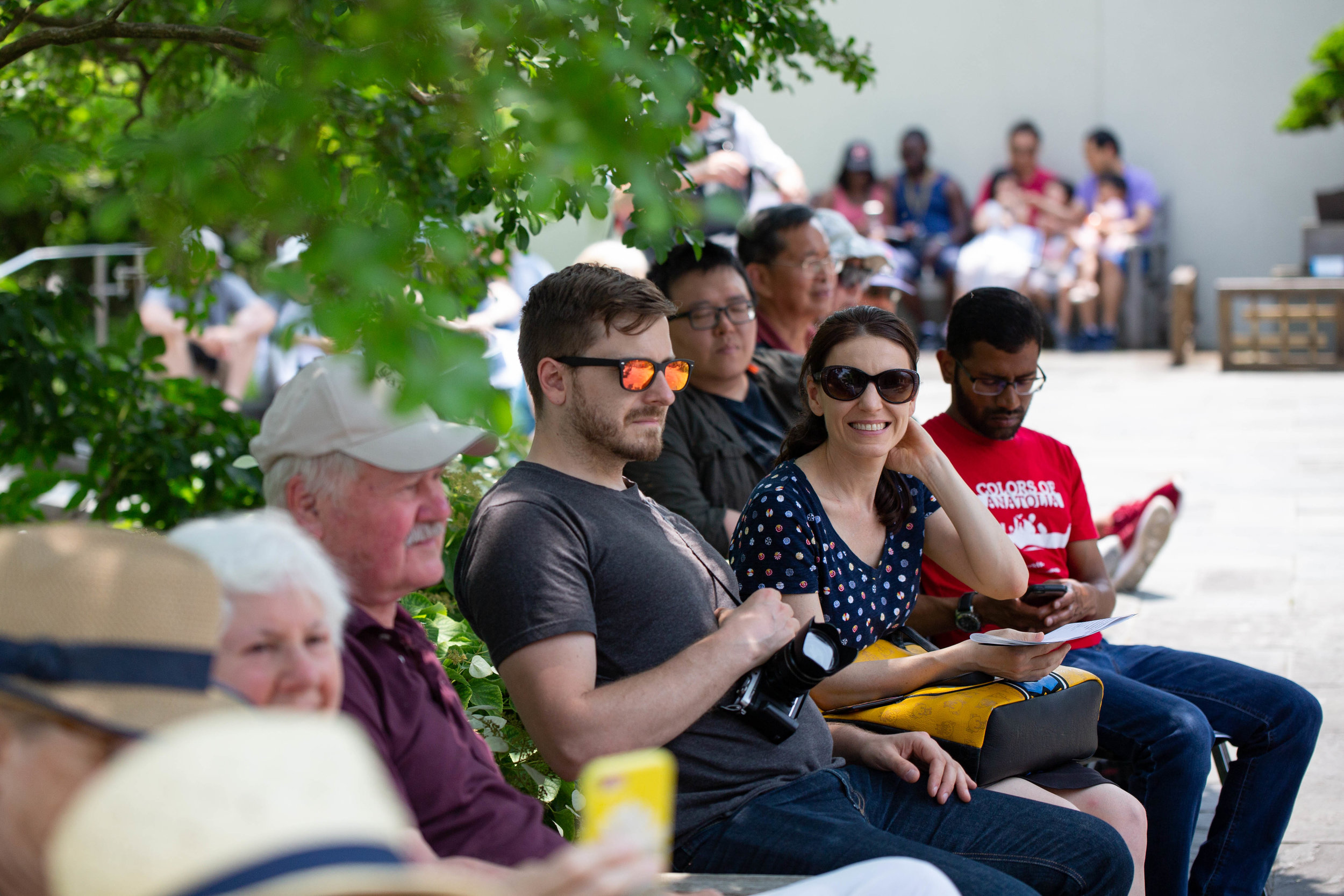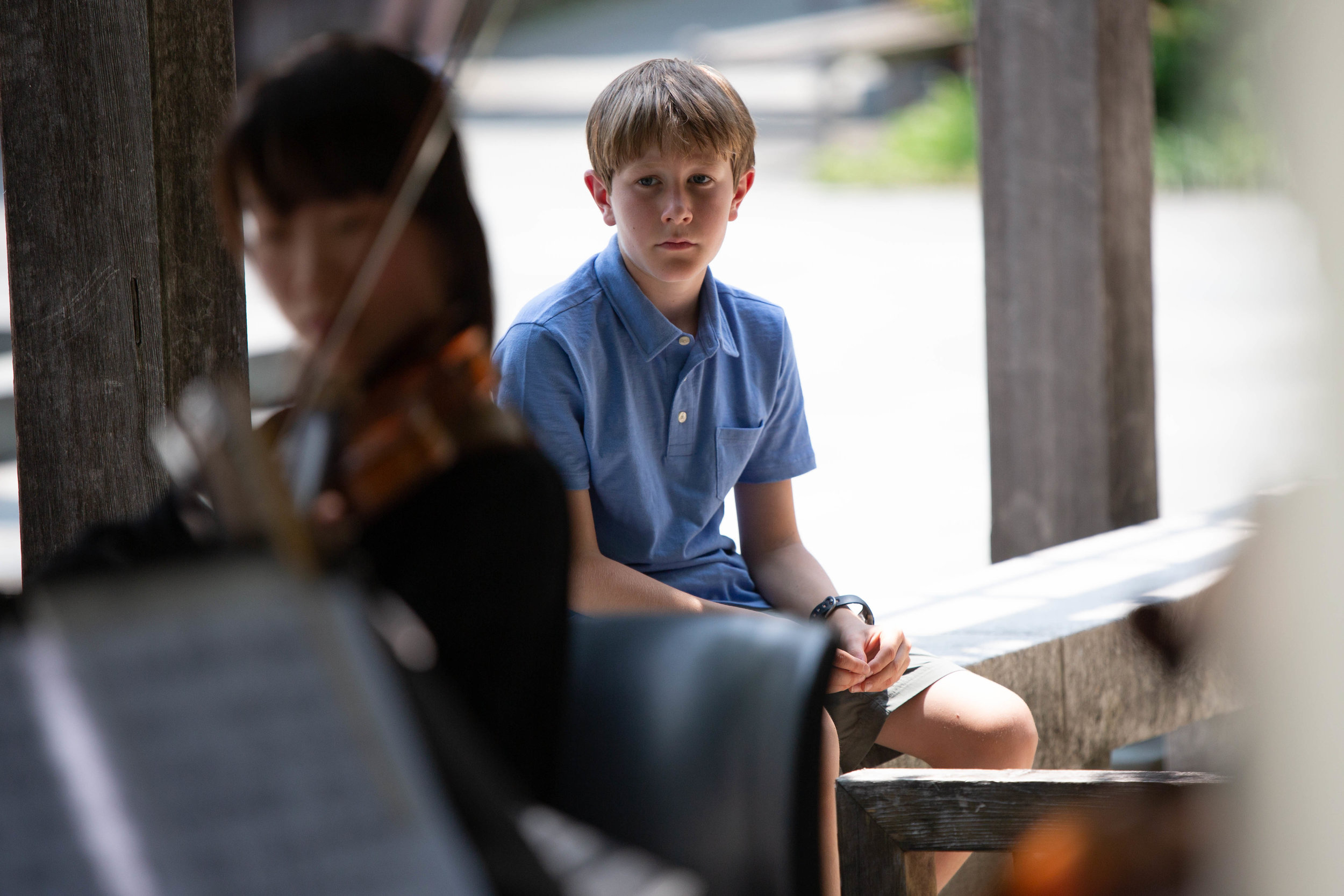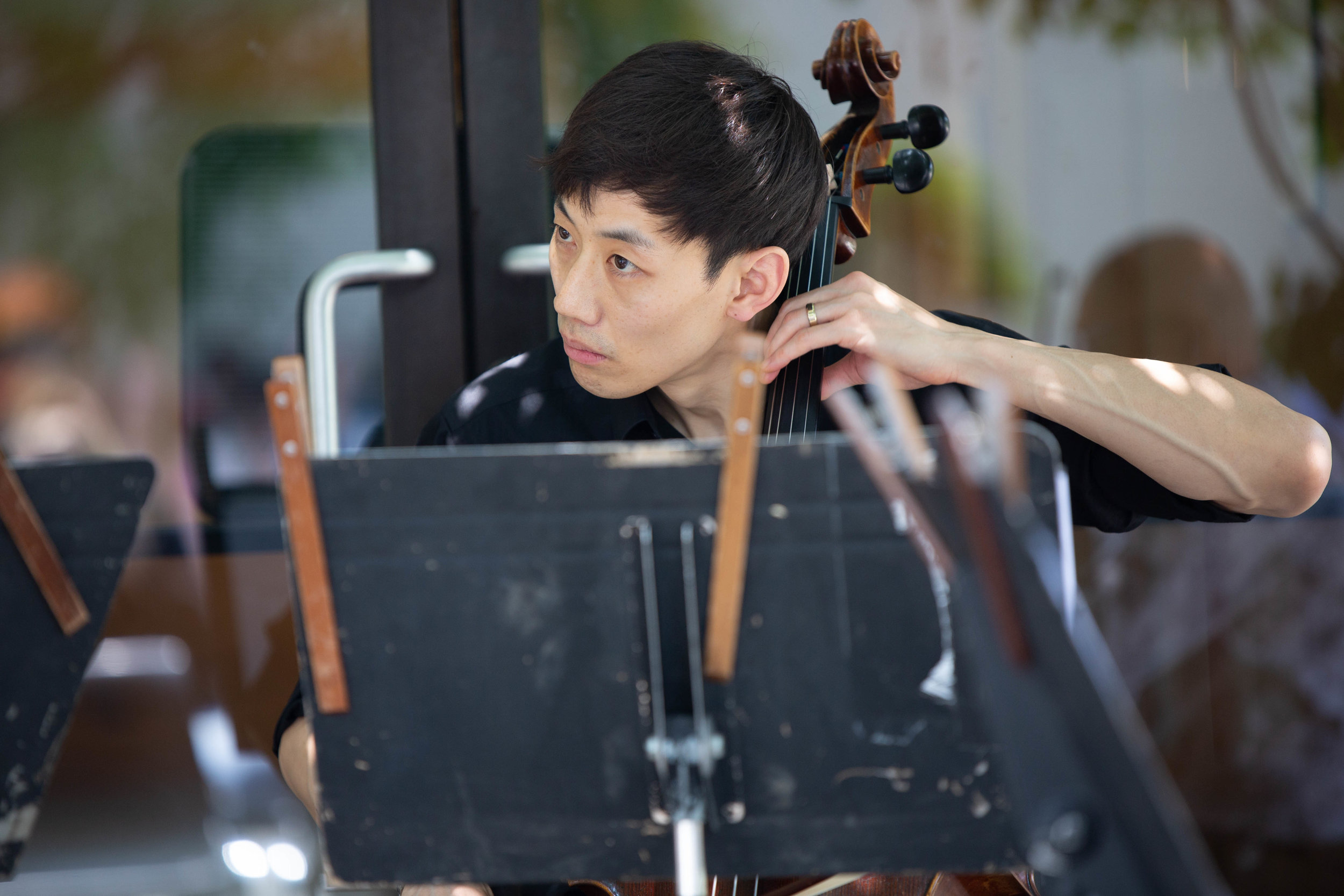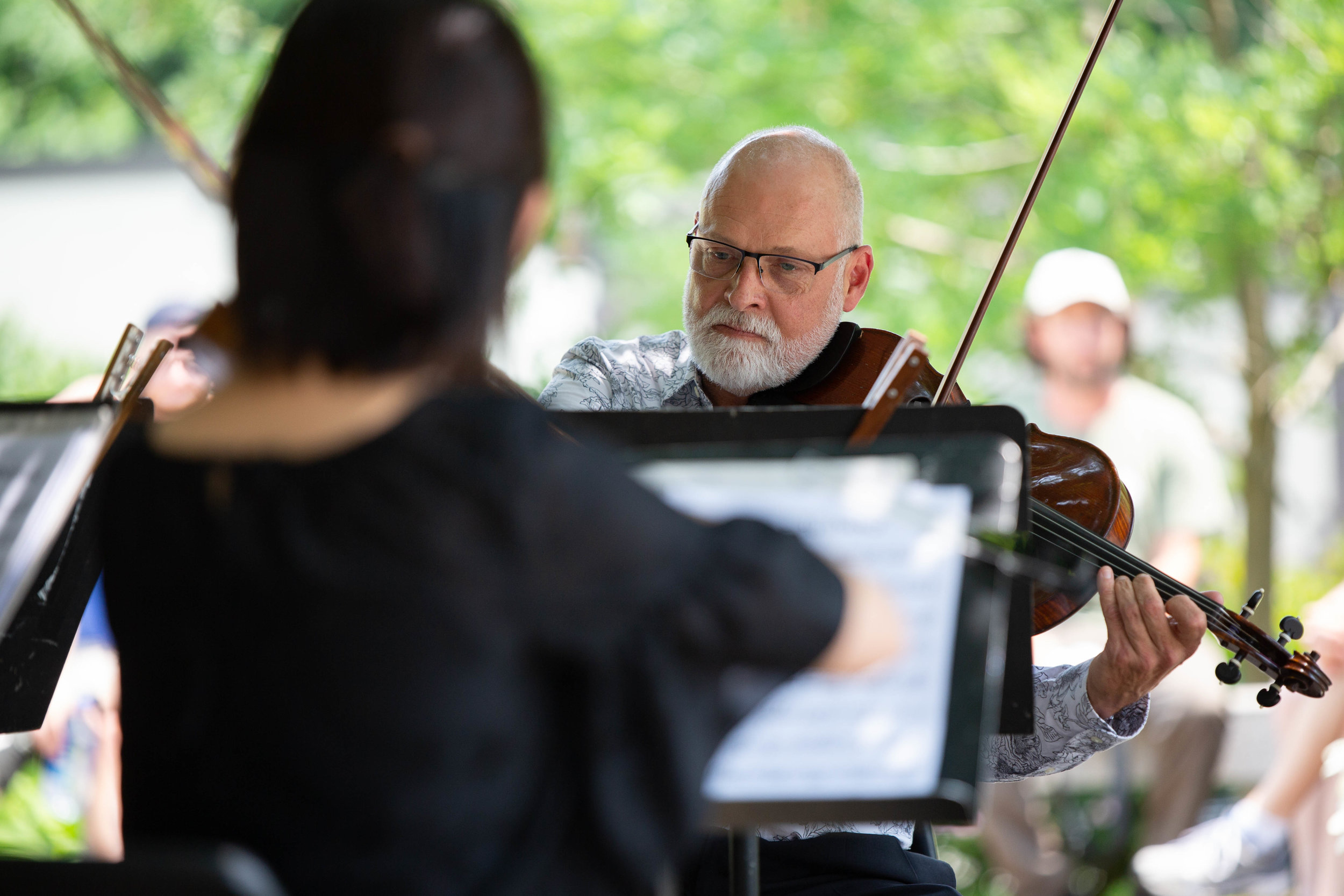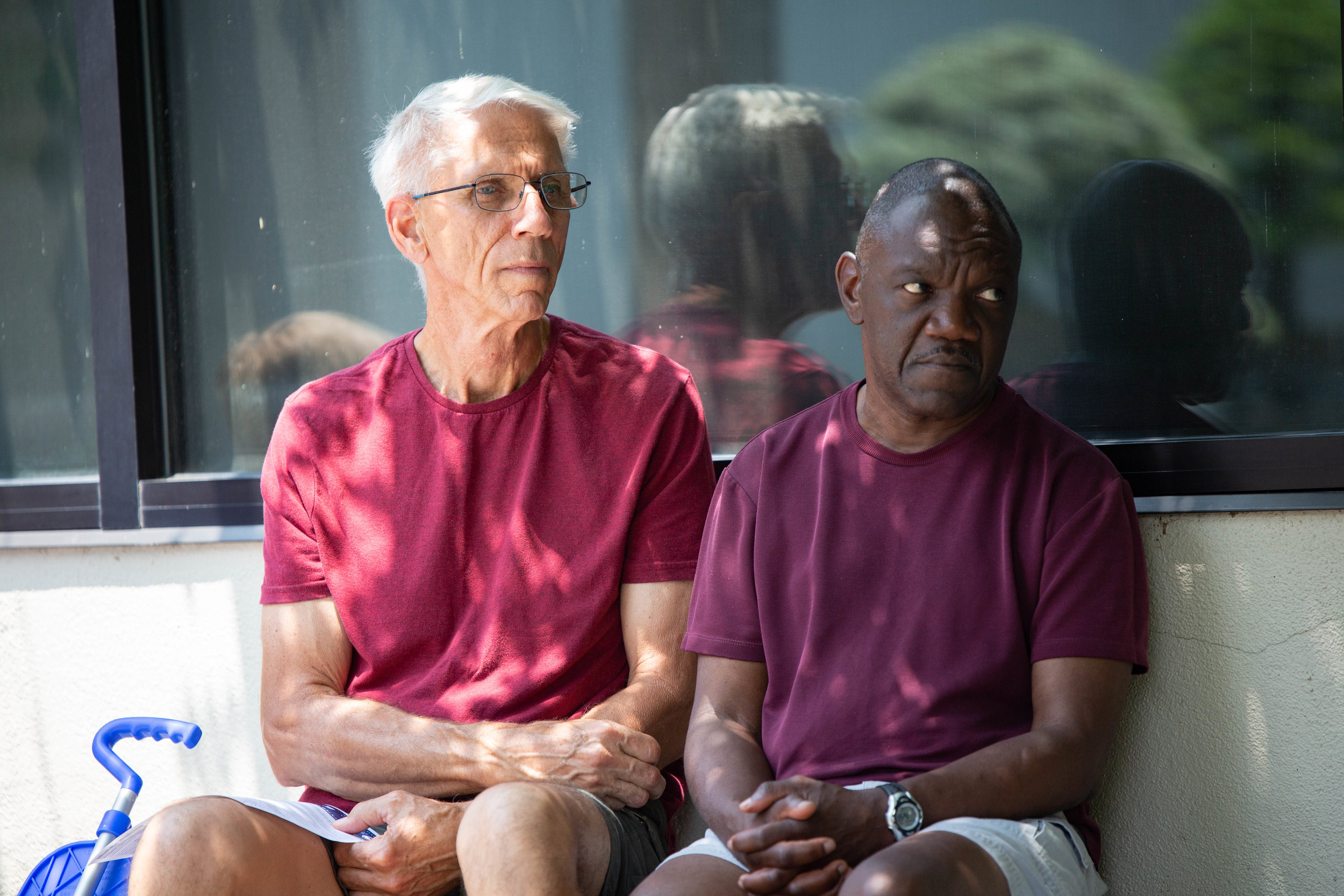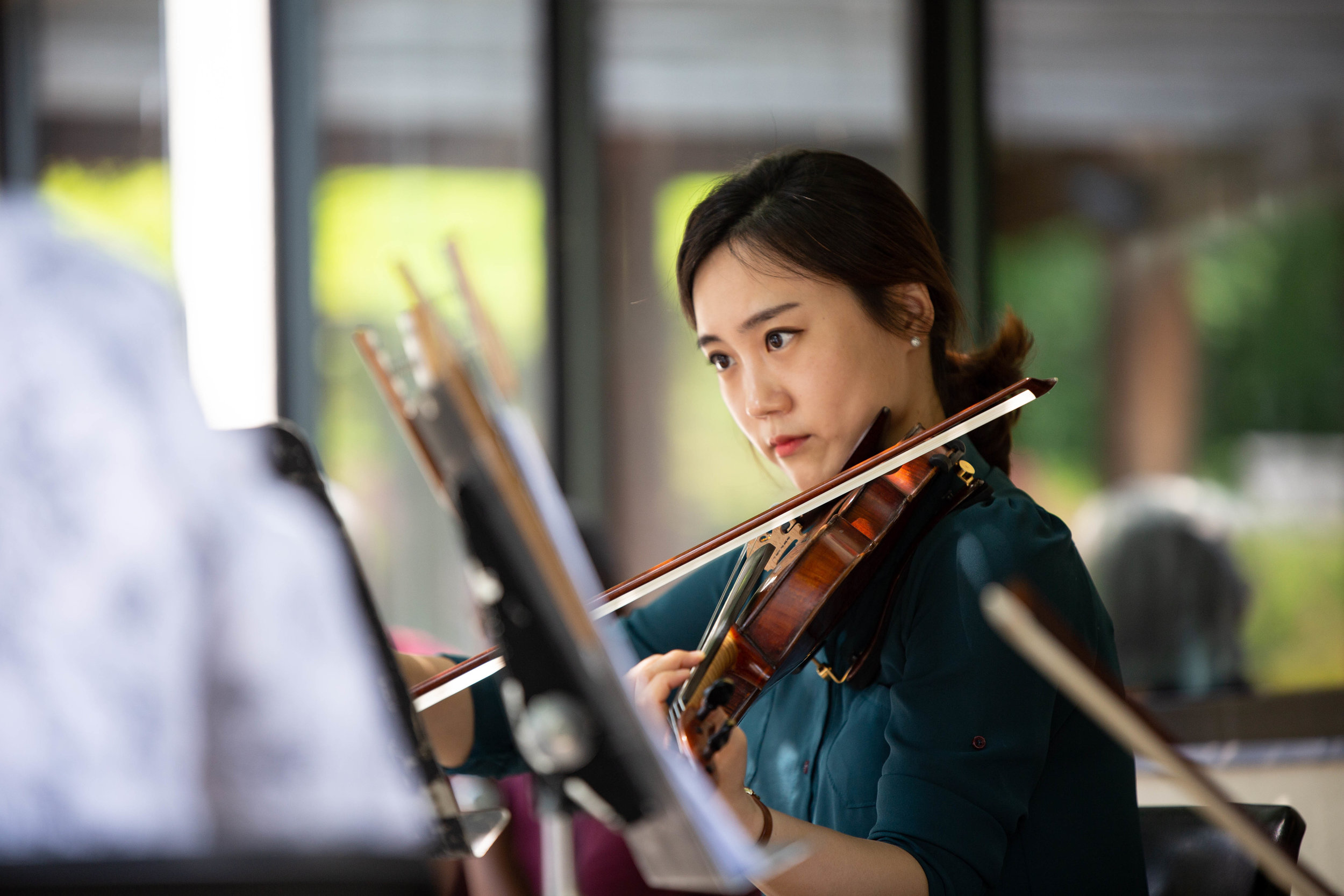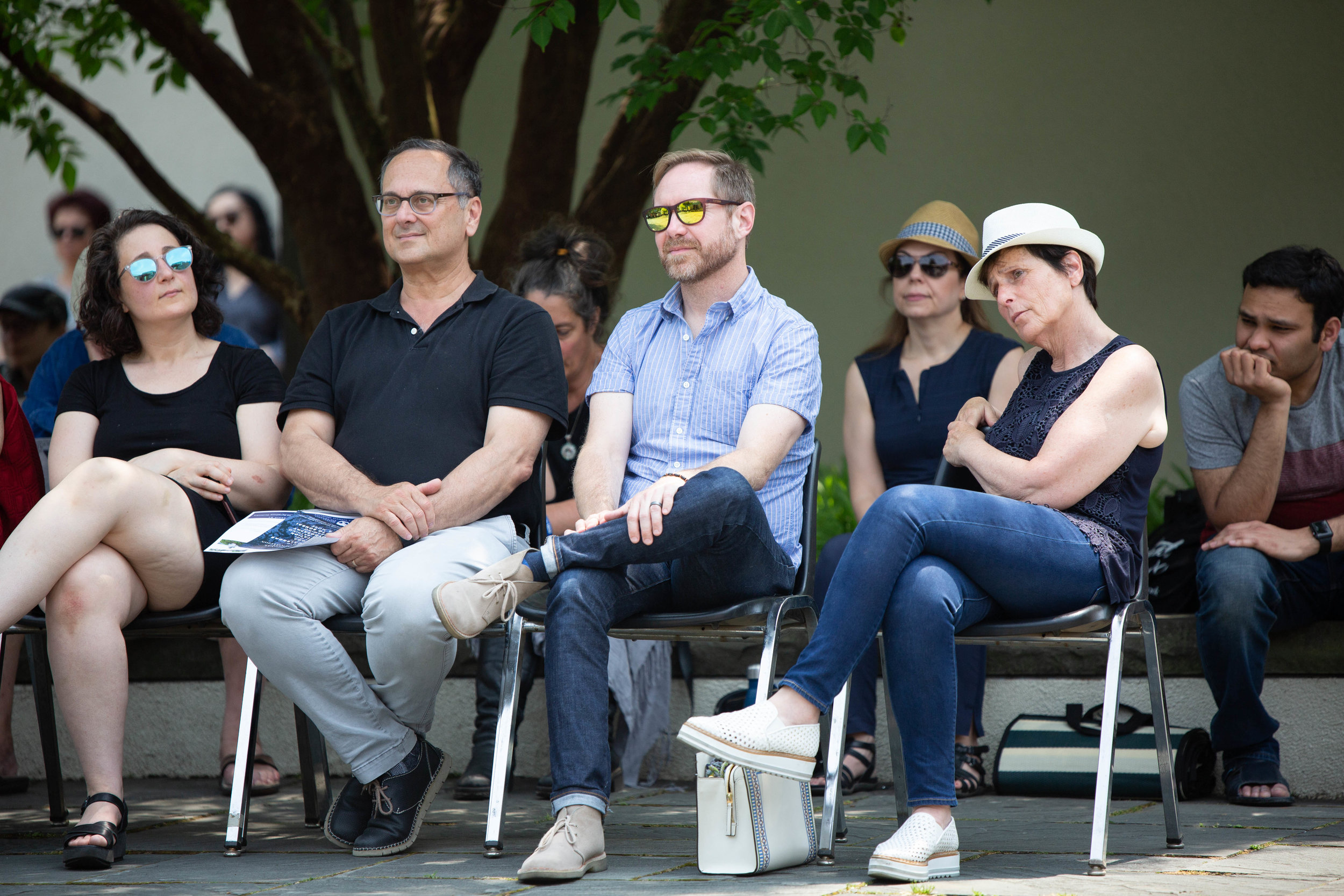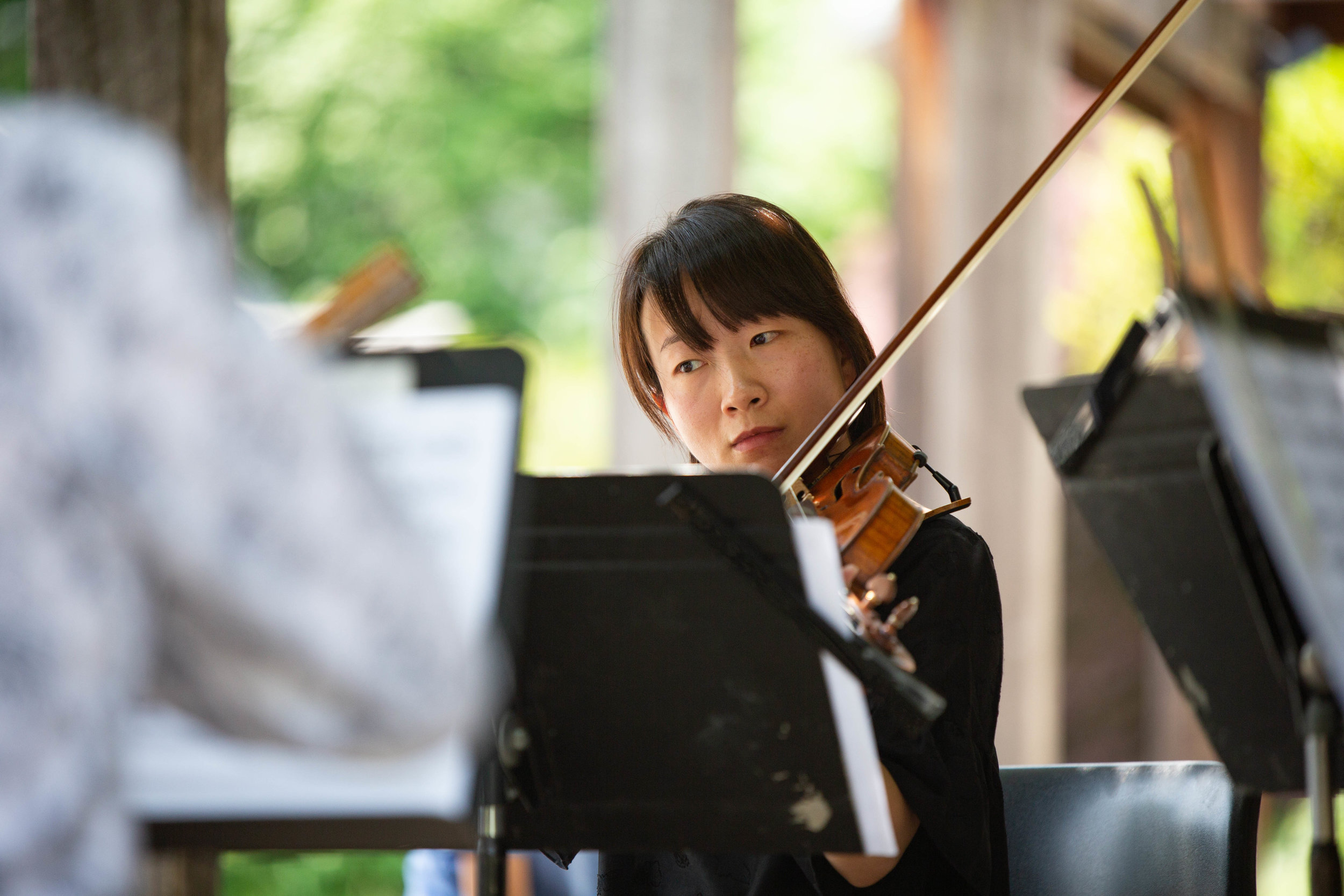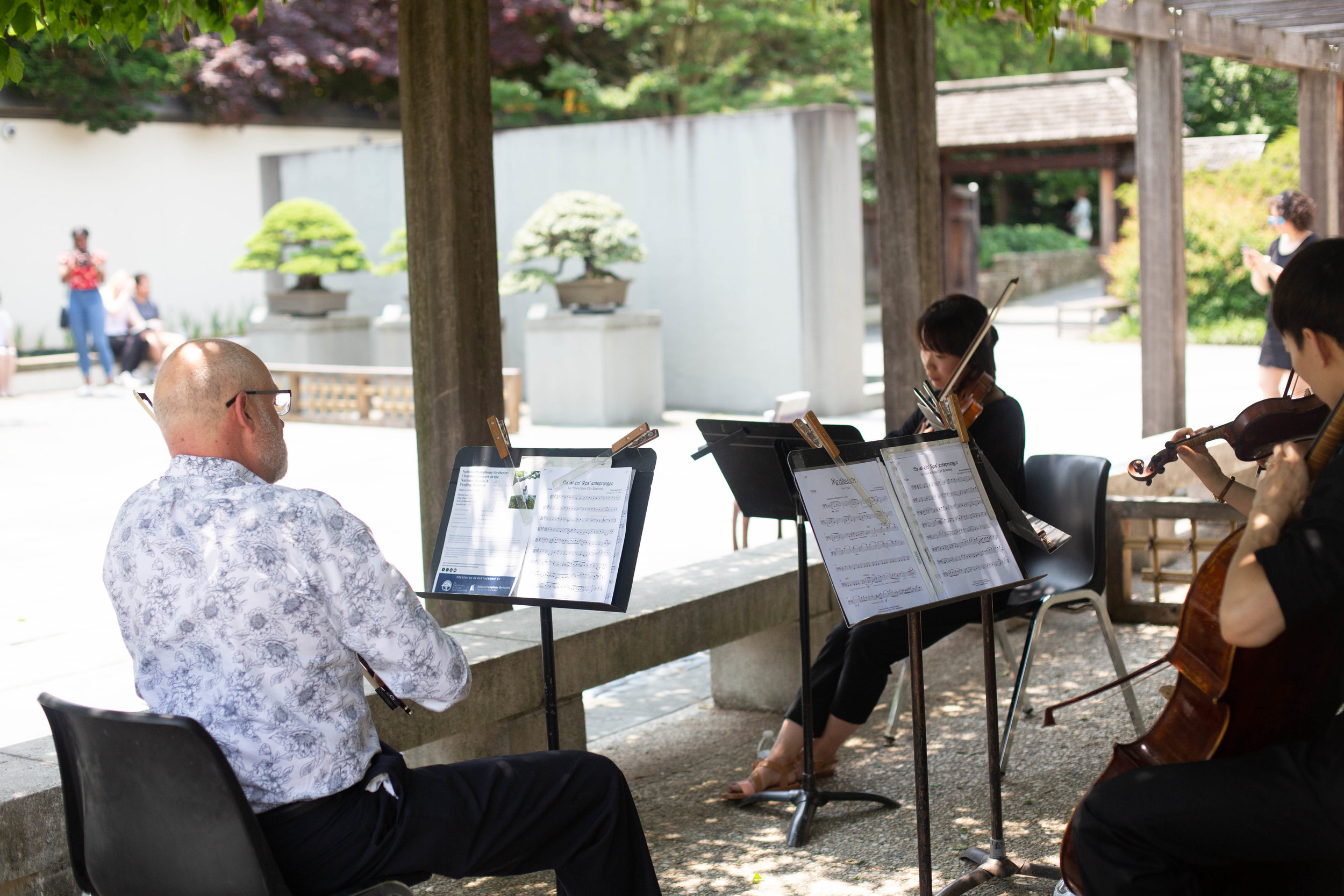Dr. Klodzen to step down after nearly 20 years as Executive Director
Johann Klodzen at the U.S. National Arboretum (2020)
As of February 1st, 2020, Johann Klodzen will step down from her role as Executive Director of The National Bonsai Foundation (“NBF”). All of NBF’s officers and members of its Board of Directors are sincerely grateful to Johann for her nearly 20 years of service guiding NBF’s work in support of the National Bonsai & Penjing Museum at the U.S. National Arboretum (the “USNA”).
During her tenure at NBF, Johann collaborated closely with several Directors of the USNA, most recently Dr. Richard Olsen; supervised NBF’s involvement in numerous projects at the Museum, including the complete rebuilding of The Japanese Pavilion and most recently the development of a master plan for the future renovation of the rest of the Museum; oversaw NBF’s efforts to give NBF and the Museum a significant online presence; oversaw the inauguration and publication of NBF’s Annual Report in 2016, which received several awards for design; and worked tirelessly to give the Museum an increased recognition in the United States and across the world of bonsai enthusiasts. Her passion for and knowledge of the artform was infectious to all of those who had the privilege to work alongside her. Though she is leaving the position, we know Johann will continue to be a part of our bonsai family.
While we conduct a search for a new Executive Director, we are delighted to announce that Bobbie Alexander will step into the role as Interim Director of Administration. Bobbie has served as Chief of Staff and Managing Director of Governance for the American Diabetes Association, as a Senior Administrative Consultant for The Food Allergy Research & Education Association and most recently as Chief of Staff and Operations for the National Health Council. We are confident that during this transition period, we are in very good hands.
Though we begin 2020 on a note of bidding farewell to our esteemed colleague, there is much to look forward to in the new decade ahead. Our next Executive Director will be tasked with the exciting planned renovations of the Museum, overseeing NBF’s efforts to make that project a reality, thereby ensuring the continuation of NBF’s mission of preserving a history, protecting a legacy, and preparing a future.







